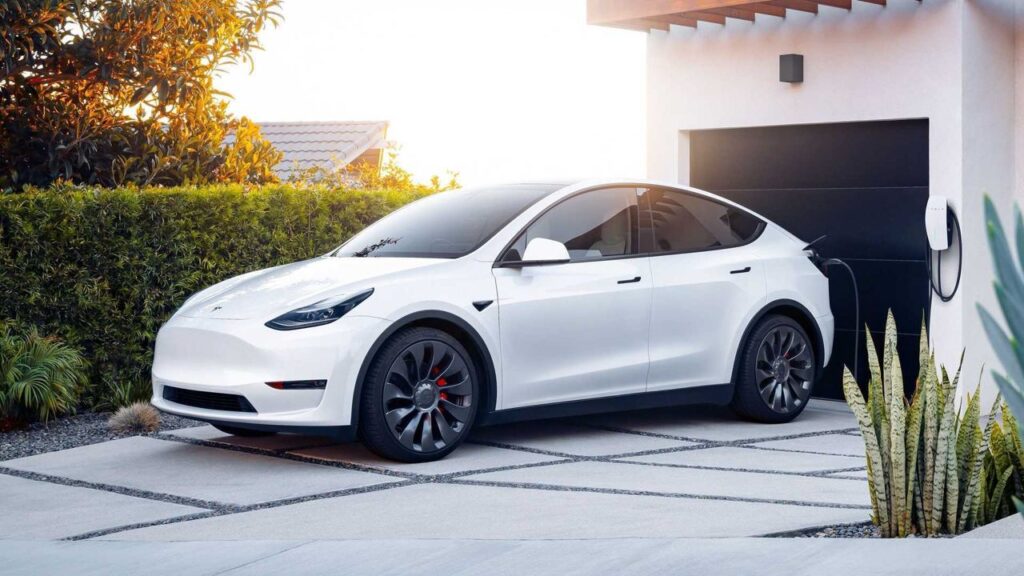
NA. Tesla-Rivaling ‘Ionna’ Charging Network From Seven Automakers Starts Taking Shape
Honda, GM, Hyundai, BMW, Kia, Stellantis and Mercedes-Benz are forming the charging supergroup the EV industry needs right now.
Last summer, seven of the world’s biggest car companies announced they were joining forces to tackle America’s EV charging woes head-on. Now that fast-charging joint venture has a name and a CEO.
Ionna has received approval from regulators and is officially spooling up operations, the company announced on Friday. Its CEO is Seth Cutler, who previously held various executive roles at EV Connect and Electrify America, two charging networks.
Ionna’s first stations should hit the U.S. in 2024, it said. Canada will follow.
The venture, a collaboration between BMW, Honda, General Motors, Hyundai, Kia, Mercedes-Benz and Stellantis (the European owner of Jeep, Chrysler, Alfa Romeo and many other brands), aims to alleviate the charging anxiety that deters so many car buyers from going electric. Ultimately, that should help them sell more cars.
In July, those companies announced plans to blanket North America with at least 30,000 high-powered charge points, thousands more plugs than Tesla’s vaunted Supercharger network currently offers. That’s a welcome development for the EV world, seeing as America’s charging infrastructure is kind of a hot mess right now.
There aren’t enough public plugs available, and the ones that do exist suffer from nagging reliability issues. (The Supercharger network is the outlier here in terms of both user experience and convenience, but it was historically off-limits to non-Tesla owners.)
Moreover, there’s a huge gap between where the U.S.’ charging infrastructure is today and where it needs to be in just a few short years, once millions more battery-powered vehicles hit the road. The U.S. National Renewable Energy Laboratory estimates that the country will need 182,000 publicly available fast-charging plugs by 2030, approximately 140,000 more than it currently has. Today, most EV owners charge at home. Boosting access to public charging will be crucial for snagging buyers who don’t have that luxury.
Up until recently, car companies mostly relied on third-party charging providers to fuel their customers’ cars. That’s a different tack from Tesla, which started building out a charging network for its owners back in 2012.
Now, however, lots of automakers are making their own investments and partnerships in the charging space. Mercedes-Benz is creating a network of “charging hubs,” some with lounges. GM has teamed up with EVgo, a charging network, and Pilot Travel Centers, a gas station chain, to put more plugs along highways.
Between Ionna and the wider auto industry’s embrace of Tesla’s plug design, the charging landscape is primed to change drastically in 2024 and beyond. Over the last year, practically every major automaker adopted Tesla’s North American Charging Standard (which is different than the plug they were all using) for their future vehicles.
In exchange, Tesla granted owners of vehicles from those brands access to its charging network. At first, non-Tesla owners will use adapters. Later on, companies like Ford, GM and Toyota plan to sell cars equipped with the NACS port.
Not to mention, billions in federal funds are pouring—or perhaps trickling—into the charging space. President Joe Biden’s EV charging programs have been slow to bear fruit (only a few federally-funded fast-charging stations have come online so far) but we should see more activity in 2024.